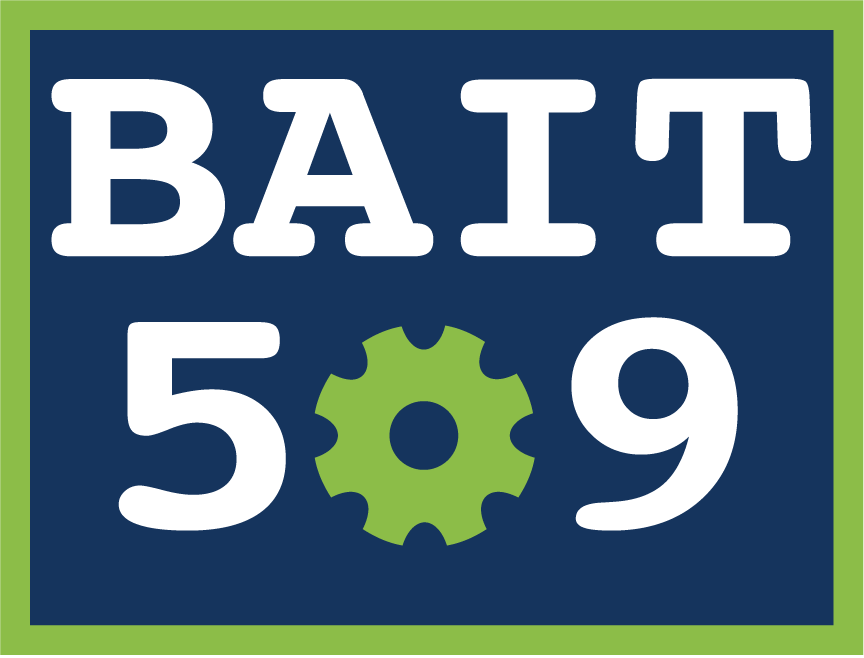How: The Course Structure
Contents
How: The Course Structure#
Where things are#
Canvas#
This is where the course will live. You will be able to:
Access the lessons here
Download the notebooks
Keep updated on what is due
Find zoom links
Take the quiz
Access and submit your assignments and project
Piazza#
This is where students can go to ask questions pertaining to the lecture material or Assignments. Instructors and TA will be answerings these however we do encourage students to help their peers by answering questions as well.
The Website#
Access only the lectures
Visualizations#
In this course, you will need to make graphs. You can make plots using any library you like such as matplotlib, plotly, seaborn etc. My favourite Python plotting library is altair. If you wish to learn a new plotting tool (it’s quick to learn) I have 2 very short slide decks available here that can teach you some basics. I strongly recommend looking over these two slide decks before you start the course. There are also some interactive exercises where you can practice your new coding skills.
Module 1, Exercise 31 - Quick Viz with Altair (practice question 32 and 33)
Module 2, Exercise 29 - Plotting with Altair (practice question 30)
In addition to these 2 small slide decks, there is an entire course we have developed that is open source and available if you want to learn more about plotting with Altair and the art of visualization. Altair is especially handy since you have the opportunity to make your plots interactive with very little additional code.
Content#
This may be a little different than what you are used to. All my lectures will be made in Jupyter notebooks and presented in a Jupyter Book. You will get access to all the notebooks and the data we used so you can launch them locally.
Lecture Plan and Activities#
My lectures synchronous spaced out with practice questions and interactive activities.
We will be using polls and working in groups with breakout rooms.
Quiz#
The quiz will accessible on Canvas. You will have 45 minutes to answer approximately 10-12 questions. The quiz format is open book. It consists a mix of multiple choice and open-ended questions. The quiz will be invigilated in-person during the lecture. Please see Canvas for the exact date & time.
Assignments#
There will be 3 individual assignments will be distributed and submitted via Canvas. Each assignment will be a mix of long questions with some auto-graded questions. Assignments will be distributed with a “test file” which is designed to give you instant feedback on the auto-graded questions and hints on where you could be going wrong. Make sure that you are downloading this file and putting it in the same folder as the Jupyter notebook.
Group Project#
The final project is designed to put everything you learned into practice. You will work in groups of 3-4 and submit a report that will:
Ask a predictive question
Build a pipeline
Preprocess features
Test multiple modules
Report the results using multiple metrics
Maintain a narrative
You will need to submit the data, the notebook and an HTML file to be eligible for full marks.
The group will be assigned randomly among students in the same section. Each group will be assigned a mentor (TA) where they can check in their progress on a weekly basis and consult for advice.
